Agora 2018-1 Digital History
Digital Learning | Agora 2018-1 (vol. 53 no.1)
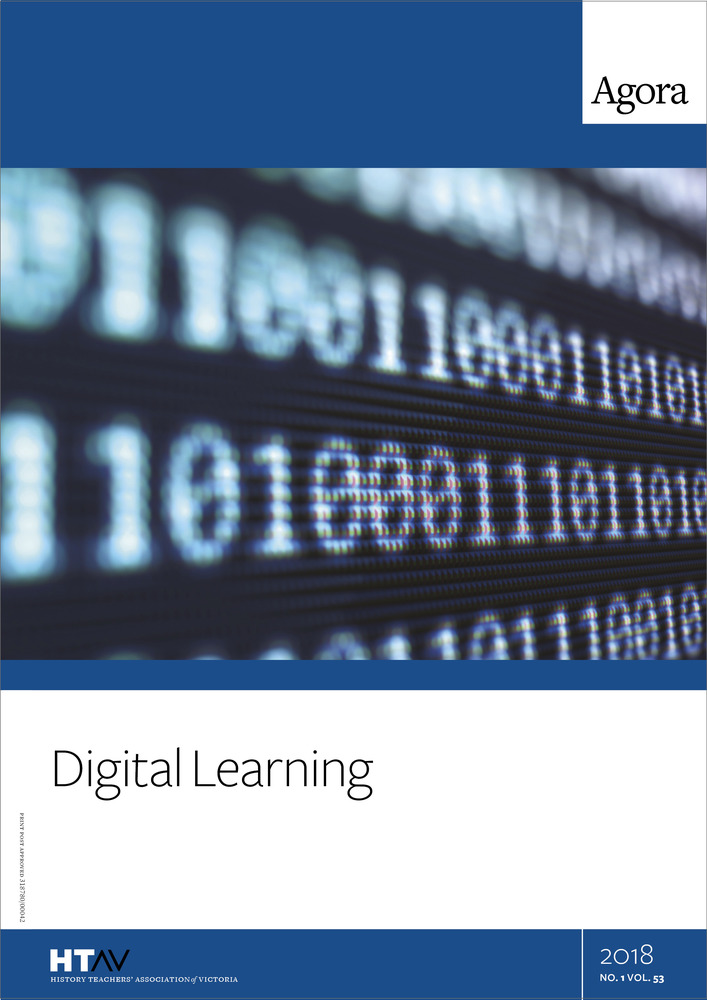 |
Digital Learning Agora vol. 53 no. 1 (2018) |
INTRODUCTION/EDITORIAL |
|
 |
Front matter Editorial Dr Jo Clyne President's Introduction Dr Rosalie Triolo |
THEMA Reflections on the theme |
|
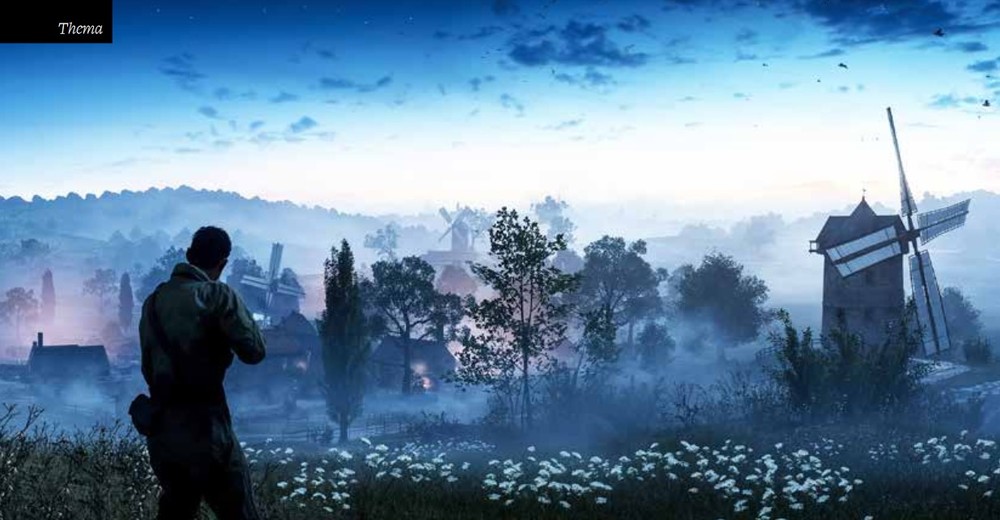 |
Equipping the Digital History Student, Teacher and Classroom of Today and Tomorrow What is a digital history teacher and what does a digital history classroom look like? |
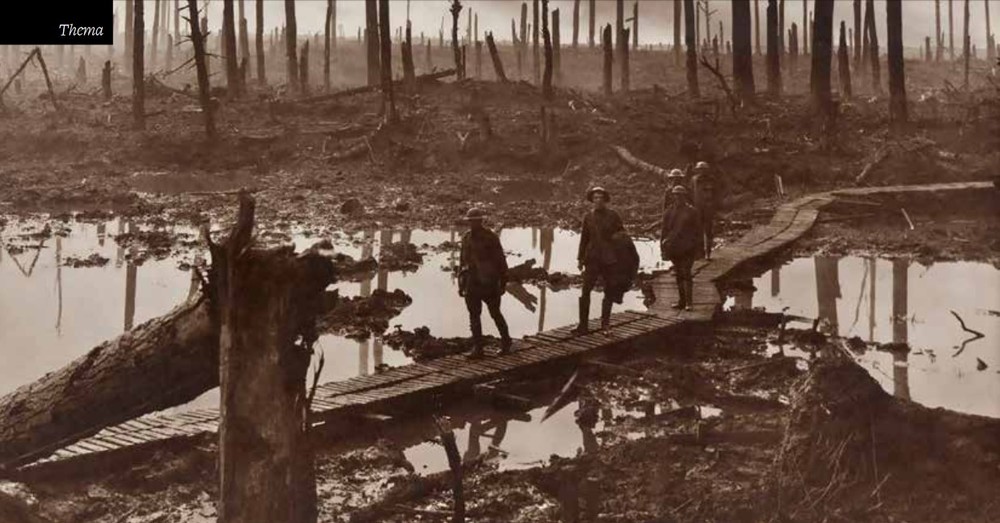 |
‘Doing History’ – Using Documentary Filmmaking to Teach History Using primary and secondary sources and available technology, a group of Year 9 students created documentary films to explain the impact of World War I on individuals and engage with history. |
 |
Embedding Technology in the History Classroom How do our history teachers employ technology for learning in their secondary classrooms? |
 |
Technology – It’s Here to Stay, and That’s a Good Thing! It is not only important for teachers to instil a passion for a student’s chosen subjects – including history, of course – but also prepare them for the world they are entering. |
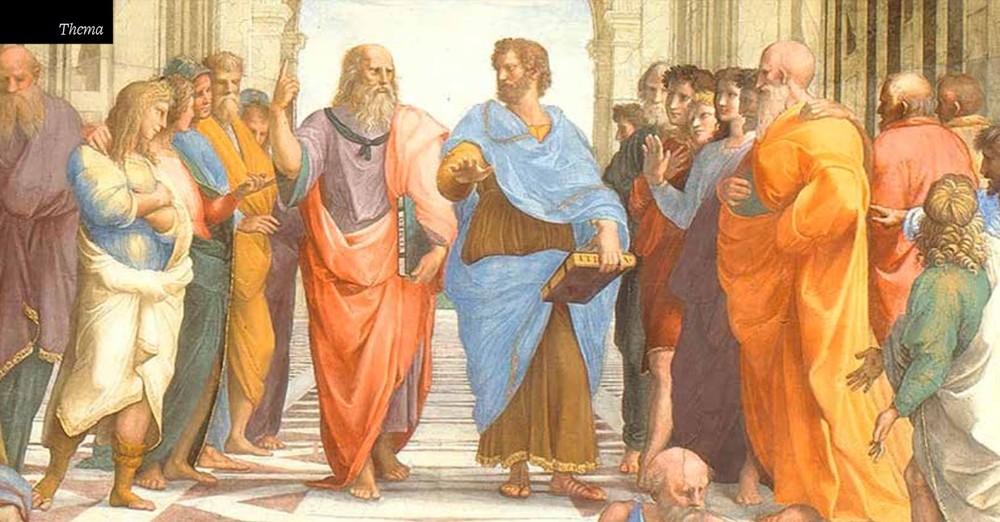 |
Clubbing Together: Engaging Students and Teachers Through History Clubs Teachers from two schools describe the energy and achievements of their History Clubs, including extracurricular opportunities such as the National History Challenge and the Kids’ Conference. |
PRAKTIKOS Teaching ideas |
|
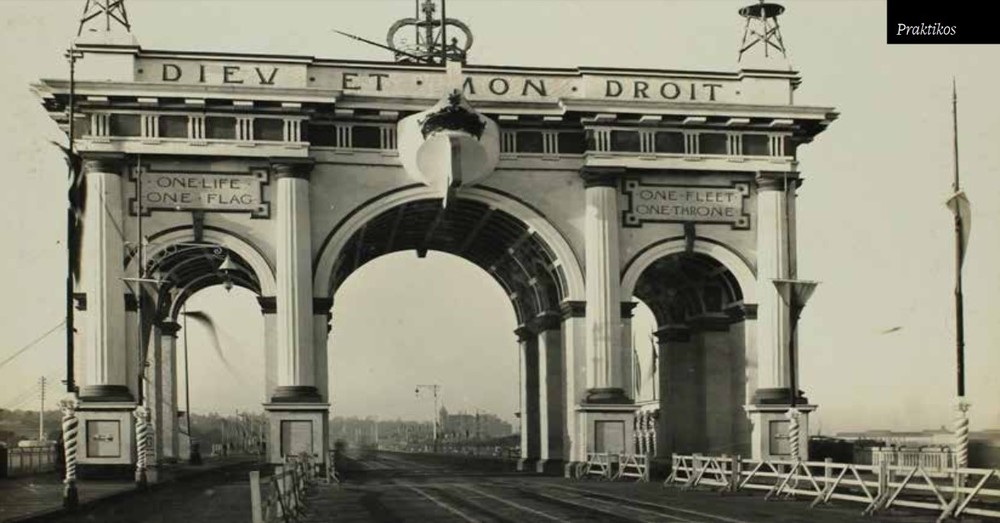 |
The Federation Project: A Year 4/5 Inquiry How can digital technologies be used to bring the stories of history alive? |
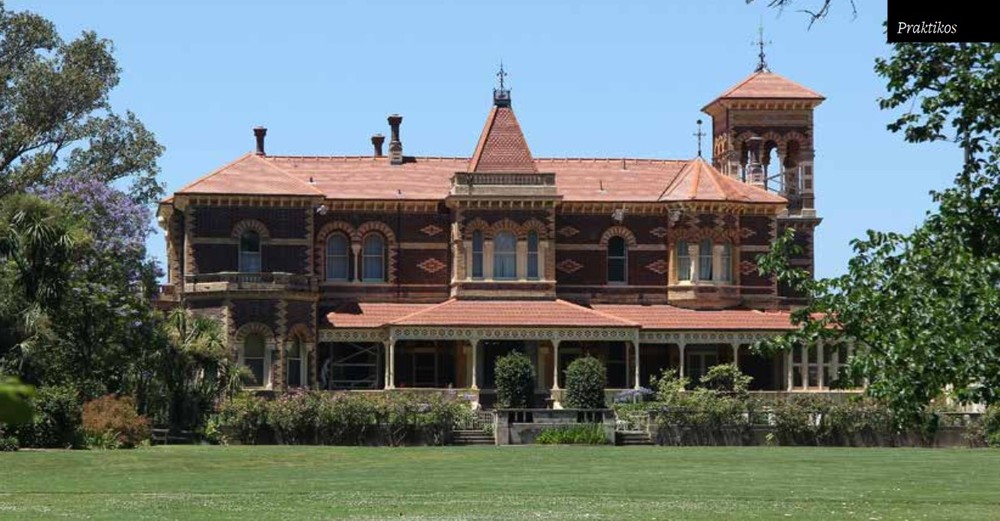 |
Virtually There – Digital Excursions with the National Trust The National Trust of Australia (Victoria) has developed digital resources that allow students to remotely access significant historical sites and provide them with exciting and valuable educational experiences. |
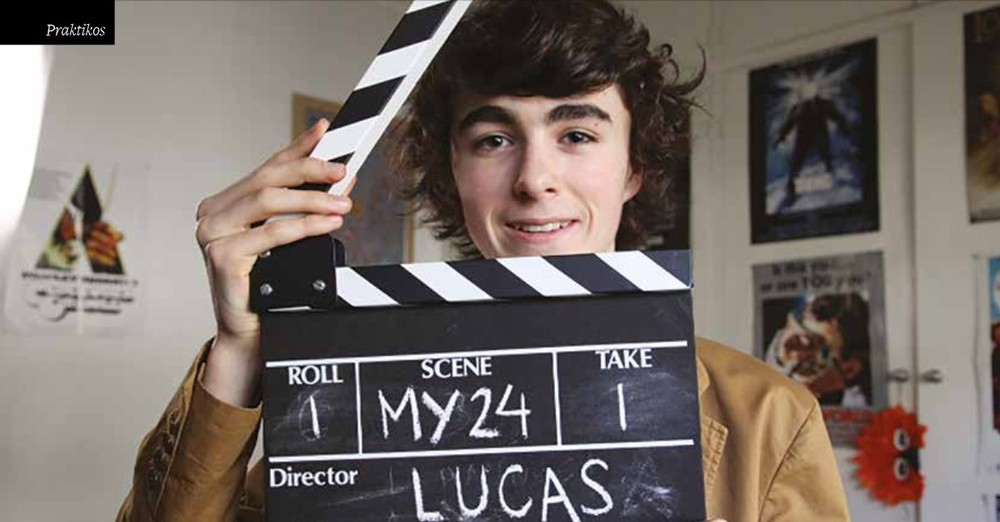 |
Developing Historical Knowledge, Concepts and Skills with the MY:24 App An introduction to the MY:24 series and free filmmaking app, and how it might be used within the Levels 5/6 History curriculum. |
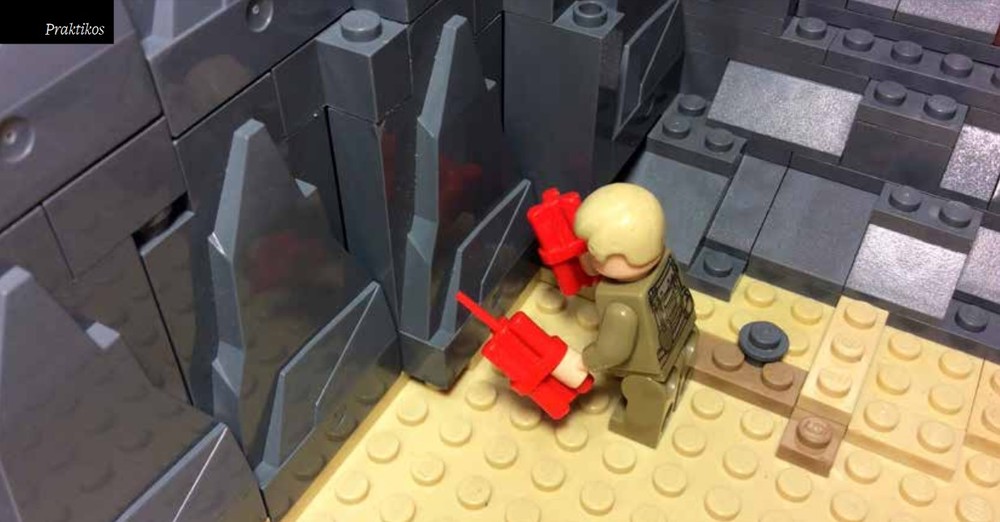 |
Telling a History Story Using Lego Stop Motion Filmmaking A high school student describes the process of using apps and everyday items to tell the iconic story of the Great Ocean Road in a prize-winning Lego film. |
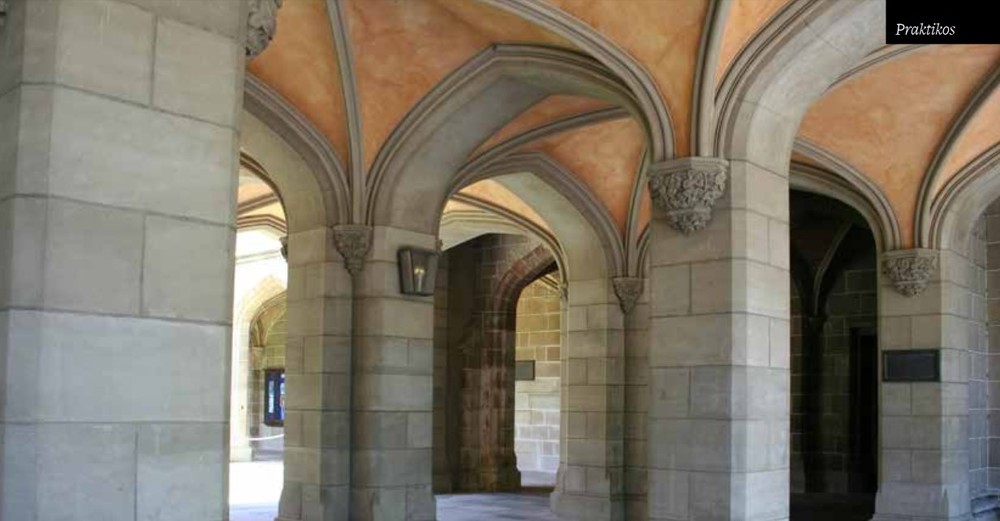 |
The University of Melbourne Extension Program – History This article explores the experiences of secondary school student Emily Shallcross who participated in The University of Melbourne’s Extension Program. |
 |
Online Search Strategy The ability to conduct effective online searches and critically evaluate sources are important research skills for students. This article contains essential tips for students and teachers. |
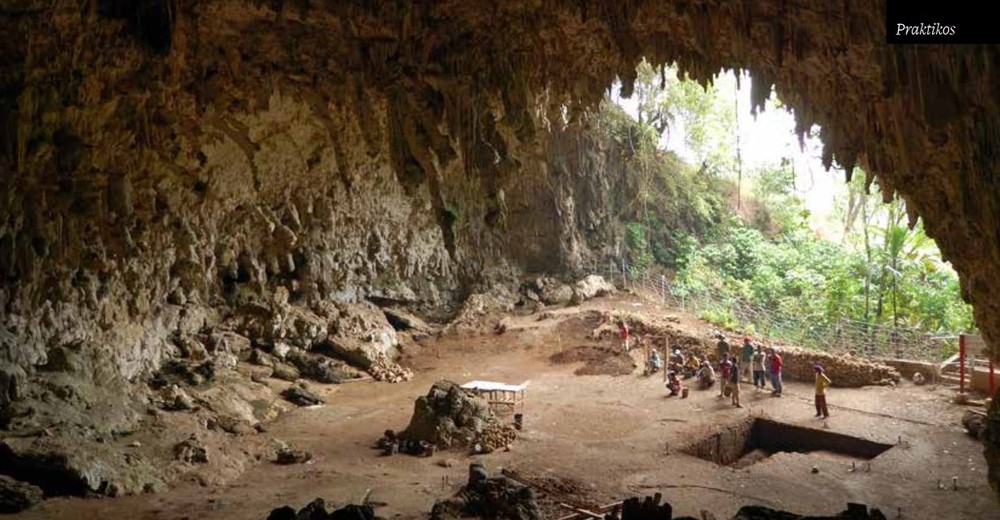 |
Using Popular Culture to Intrigue Your Students Exploring the history behind the façade of television, movies and other forms of pop culture. |
KRITIKOS Reviews |
|
 |
Reviews To Kokoda The Empire Must Die: The Brief Flowering and Brutal Demise of Russian Civil Society, 1900–1918 Chronologica: The Incredible Years That Defined History Hunt Them, Hang Them: ‘The Tasmanians’ in Port Phillip 1841–1842 While I Can Still Remember ... Norfolk Island Greatest Australian Songs (vol. 1) (DVDs) |
Catch up on the latest issues here.
Events Calendar
- 27 Feb 26
- 19 Mar 26
- 31 Mar 26





 /htav_ed
/htav_ed